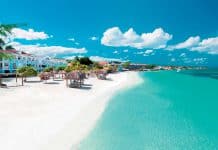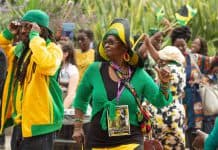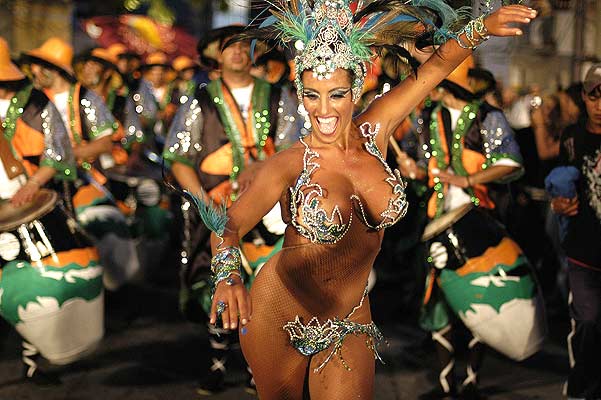Did you know there has been a thriving fer decoupé (metal sculpture) industry in Haiti for nearly 60 years? This unique industry is situated in the artistic village of Noailles, in the Croix des Bouquets area.
The whole thing was started by George Liataud who was a mechanic at the Hasco factory in the late 1940s. He worked for Hasco on the railway lines and you will still find traces of this line inside the village.
But he was also making beautiful iron crosses for graves and tombs in the local cemeteries. When DeWitt Peters, the American art lover, came down to Haiti, he went to the local festival (Fête Patronal) of CDB and because he was interested in religion (the Haitians called him a “seeker”), he saw these beautiful crosses and asked to meet the artist.
Once having met George Liataud, DeWitt Peters introduced him to the Musée d’Art in Port au Prince around 1953. George then decided to start working on his own, creating these wonderful crosses to sell. He drew upon the inspiration of Vodou (or “voodoo”), but DeWitt Peters persuaded him to also include the more Christian form of the cross in his work so as to have a bigger market in the United States. The crosses incorporated other designs as well, such as birds, flowers and hearts. George Liataud presented his work at an exhibition in the U.S. in 1955 and also in São Paulo, Brazil.
George was very secretive at first and wouldn’t employ any apprentices on a regular basis, but as his workload increased and the orders came in he had to employ other people as apprentices. Thus, the second generation of sculptors started with the Louisjuste brothers: Seresier, Joseph and Janvier, as well as Mira Brierre.
These latter sculptors decided to set up their work in the little village of Noailles, within the Croix des Bouquets area, and ever since then this creative and unique form of art has stayed exclusively in the village, producing generation after generation of artists.
At the time of George Liataud, Serge Jolimeau (or Sergo as the locals affectionately call him) and Gabriel Bien-Aimé were just schoolboys and started working with the artists to earn some pocket money. These days Sergo is considered the father of the village and is known by the honorific title of Maître.
Now with the 5th generation there are about 62 artists in all, living and working in Croix des Bouquets. One of them eloquently explained that all kinds of religions inspire them – including Protestant, Catholic and Vodou. They also draw much of their inspiration from Mother Nature. Serge Jolimeau has produced many apprentices, as have Gabriel Bien-Aimé and others. The young work side by side with their older teachers.
As soon as you arrive at the village you hear the clang clang of the artists banging out the shapes on the metal – used drums and, some say, old cars. They use the most basic tools – there is no welding done with this art.
The visitor goes from one workshop to another, each featuring their own designs, although the popular tree of life shows up in various workshops. Normally each workshop has its own unique design and they have been encouraged to keep it this way. One will draw on the Vodou spirits and feature Sirenes (Mermaids), another will create the most original Vodou masks, perhaps using spoons or forks as earrings. Another will have Noah’s ark, another will do painted lizards – popular with the tourists – and so on. The list is endless.
The fun part is to bargain for your favorite design. You could spend hours looking at all the different works of art created here. You can also find embroidered Vodou flags created by an expert, painted crosses and different Christian items.
So if you’re going to Haiti, visit the special metal work village of Noailles in Croix des Bouquets and tell them Madame Jacqualine (a Viator Private Tour Guide) sent you: they will give you a warm welcome and a good price! And if you haven’t planned a trip to Haiti you should. Apart from CDB there are many beautiful places to visit in Haiti. Despite what you read in the press, Haiti loves receiving visitors and it is safe.
Haiti is still the Pearl of the Antilles and is waiting for you to discover her and her artists!









